Nothing ruins a killer concert night like a bad seat. Whether you’re there to scream your heart out in the front row or prefer soaking it all in from a comfy view up top, where you sit can make or break your experience.
From sound quality and stage visibility to the overall vibe, every section has its perks and quirks. In this guide, we’re breaking down the best concert seats for every kind of fan, whether you’re a die-hard or just tagging along.
So without further ado, let’s find your perfect spot before the lights go down.
What Are the Best Seats For A Concert?
The truth is, the best concert seats depend on what matters most to you – epic sound, a clear view, or the buzz of the crowd. While some fans chase that front-and-center adrenaline, others prefer the lower bowl for balanced acoustics and great angles.
Then there are the pros who swear by seats near the soundboard, where the audio is perfectly mixed. It’s all about matching your vibe to the right section.
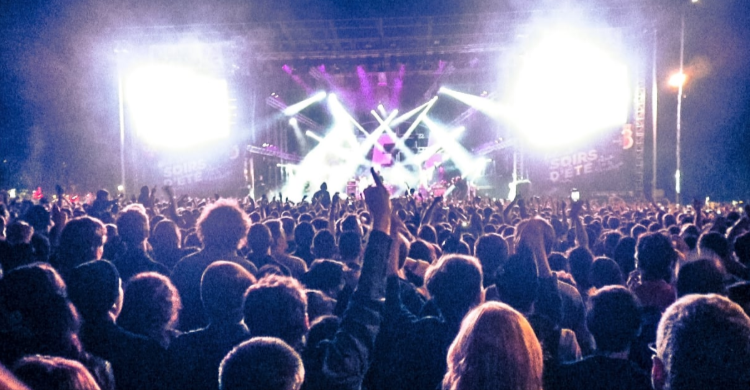
Best Seats for Different Types Of Fans
Not all concertgoers are built the same, and neither are their seat preferences! Here’s a quick breakdown of the best concert seats depending on what kind of fan you are.
1. For Die-Hard Fans Who Want to Be Close
If you’re the type who knows every lyric and every guitar riff and wants to lock eyes with the lead singer, nothing beats the front row or general admission pit. The energy down there? Electric.
You’ll feel every drumbeat, maybe even catch a guitar pick, and get unforgettable up-close moments. Be warned, though – these spots often come with the highest prices and longest lines, but for super fans, it’s worth every second.
2. For Fans Who Want the Best Sound Quality
Want your ears to be just as happy as your heart? Head toward the soundboard or mixing desk, usually located in the center of the venue, a bit behind the mid-floor section. Why? Because that’s exactly where the sound engineer mixes the show.
In other words, what they hear is what the artist wants you to hear – perfectly balanced and crystal clear. These might not be the flashiest seats, but for audiophiles, they’re gold.
3. For Fans Who Want the Best View of the Stage
Sometimes, you just want to take in the full spectacle – the lights, choreography, and larger-than-life visuals. The sweet spot? The first few rows of the lower bowl or the center of the balcony/mezzanine level.
These areas offer a panoramic view of the stage without sacrificing sound or comfort. You’ll see everything from the setlist changes to the drummer’s facial expressions – all without standing the entire time.
4. For Budget-Conscious Fans
Concerts can be pricey, but that doesn’t mean you have to miss out on the fun. Upper-level seats (aka the nosebleeds) are often the most affordable, and thanks to giant LED screens and booming sound systems, you’re still in for a great night.
You’ll catch the crowd’s energy from above and might even get some of the best wide-angle views of the stage. Bring binoculars if you’re feeling fancy!
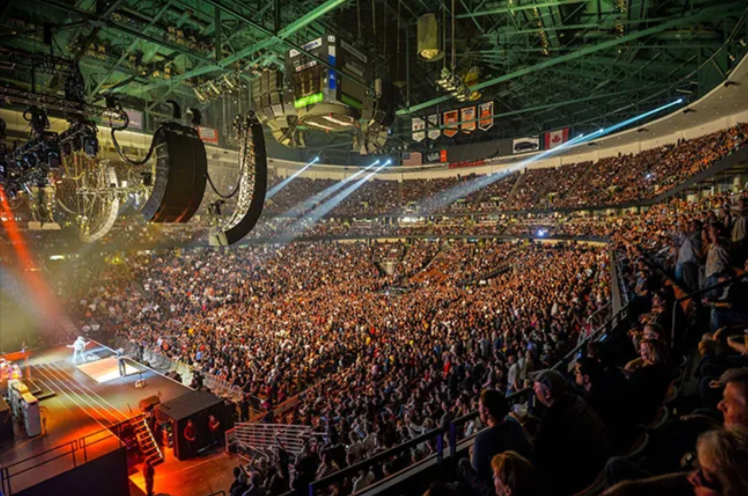
Concert Venue Seating Tips
Choosing the best concert seats isn’t just about location – it’s also about the venue layout. From outdoor stadiums to intimate arenas, here’s how the setup can shape your experience.
Stadiums vs Arenas: What Changes?
In stadiums, you’re dealing with massive outdoor spaces. This means more fans, more distance from the stage, and often less ideal acoustics.
Floor seats might sound great in theory, but in a stadium, they can be far from the action unless you’re right up front. Upper levels offer better views but come with less sound clarity.
In arenas, everything feels tighter – and that’s a good thing. Indoor acoustics are more controlled, and the lower bowl seats give you the best mix of sound and visuals. Plus, the stage is usually more accessible from almost any angle compared to a sprawling stadium.
End Stage vs In-the-Round Seating
An end-stage setup means the stage is on one side of the venue. This is the most common layout, so the best seats tend to be in the center sections, either on the floor or in the lower bowl. Avoid extreme side seats – your view might be blocked or awkwardly angled.
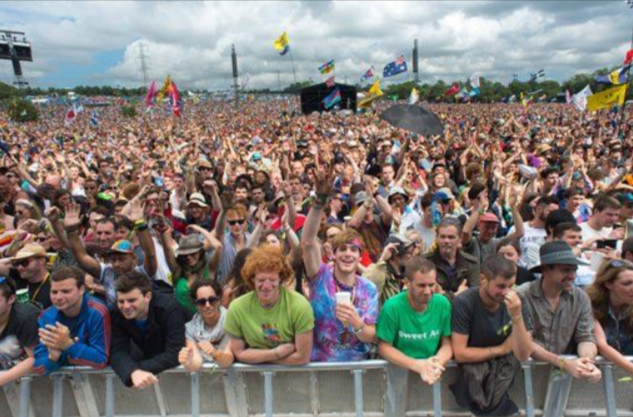
In contrast, in-the-round setups (where the stage is placed in the center) offer a 360-degree experience. This design allows more fans to be close, but remember – the artist will be moving around. Seats directly facing the front won’t always be the front.
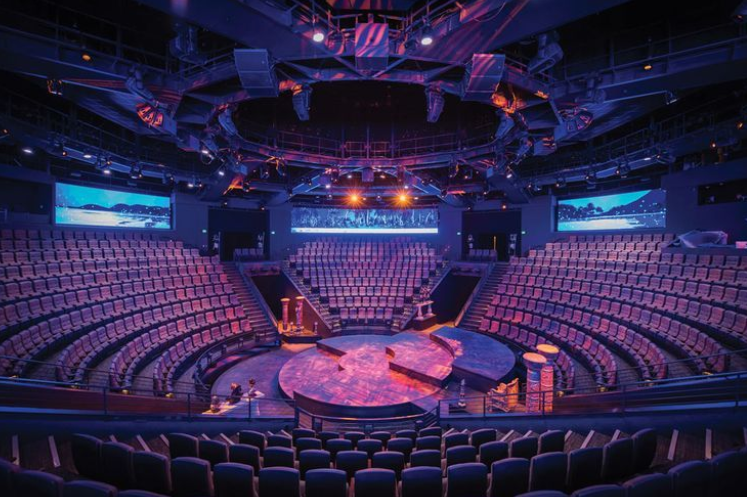
For the best balance of proximity and visibility, aim for lower-tier sections angled slightly toward the stage.
VIP and Premium Seating Options
If you’ve got the budget (or just want to treat yourself), VIP and premium seating can seriously enhance your concert night. We’re talking floor seats with early entry, exclusive lounge access, and sometimes even meet-and-greets or merch bundles.
These seats are often closer to the stage and come with extra comfort perks, such as private bars, plush chairs, and shorter restroom lines. If skipping the chaos is your style, VIP might just be your backstage pass to concert bliss.
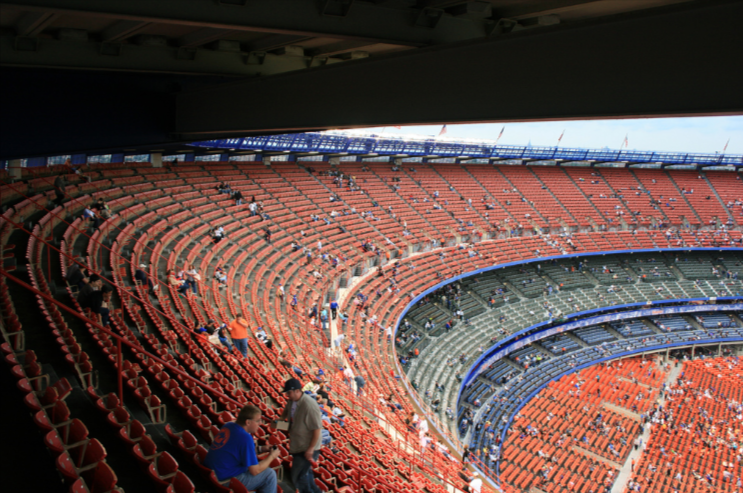
Best Concert Seats By Venue Type
Not all venues are built the same, and neither is the seating experience. Here’s a quick guide to help you pick the best concert seats depending on the venue setup.
| Venue Type | Recommended Seats | Why It Works |
|---|---|---|
| Indoor Arena | Lower bowl center or near the soundboard | Balanced sound, good visibility, and close to the action |
| Outdoor Stadium | Lower-tier center or field seats close to the stage | Great views without getting lost in the crowd |
| Amphitheater | Front section or elevated center seats | Natural acoustics and an open-air vibe make these seats ideal |
| Theater or Opera Hall | Orchestra center or the first rows of the mezzanine | Up-close visuals and rich, clear sound in more intimate settings |
| Festival Grounds | Front-of-stage pit (if early), or near sound towers | Front pit offers energy; sound towers give clarity without the squeeze |
| In-the-Round Setup | Lower bowl, mid-level seats with a full circular view | 360° visibility and better odds of seeing every angle of the performance |
How to Choose the Best Seats For Your Concert?
Snagging the best concert seats isn’t just luck – it’s strategy. With a little prep, you can find a seat that fits your budget, vibe, and concert goals perfectly.
1. Check the Venue’s Seating Chart First
Before you even think about clicking “Buy Now,” always look at the official seating chart. Every venue is different, and layouts can change depending on the artist’s setup.
Whether you’re using Ticketmaster, Live Nation concert booking services, or the venue’s site, a detailed map helps you avoid obstructed views. It lets you zero in on your ideal section based on stage location and seat tiers. Book from official partners and watch out for ticket scams.
2. Read Fan Reviews or Seat View Sites
Want the real tea on those “great seats”? Head to platforms like SeatGeek, A View From My Seat, or even Reddit threads where fans post actual seat photos and reviews.
These tools show you what the stage looks like from specific rows and sections, which can save you from nasty surprises (hello, pole in your face). They’re especially helpful in large venues where the section number doesn’t always tell the full story.
3. Consider the Artist’s Performance Style
Not all concerts are created equal. If you’re going to see a high-energy artist like Travis Scott or BTS, you might want to be in the pit or lower bowl to catch the action up close.
But for ballad-heavy performers like Adele or John Mayer, a balcony seat with full-stage view and perfect sound might offer the most rewarding experience. Think about the vibe – are you jumping, swaying, or sitting back in awe? Then pick accordingly.
Conclusion: Find Your Seat, Enjoy The Show!
When it comes to choosing the best concert seats, it’s all about matching your preferences to the venue and artist. Whether you’re craving pit energy, perfect sound near the soundboard, or budget-friendly views from up top, there’s a sweet spot for everyone.
Keep the venue layout, stage setup, and performance style in mind, and don’t forget to use tools like seating charts and fan reviews before booking. Use trusted concert ticket websites to avoid scams.
A little planning goes a long way – and the right seat can turn a great concert into an unforgettable one.
FAQs
Seats near the soundboard or mixing desk, typically located mid-venue, offer the clearest and most balanced audio experience.
Front row seats are great for energy and closeness, but can be pricey and crowded. Sound quality might vary depending on the venue.
Upper-level seats are often budget-friendly and, with big screens and sound systems, can still offer fantastic views and sound.
End-stage setups favor center seats, while in-the-round stages offer great views from multiple angles – plan accordingly.
Websites like SeatGeek, A View From My Seat, and fan forums offer photos and honest seat reviews to guide your choice.
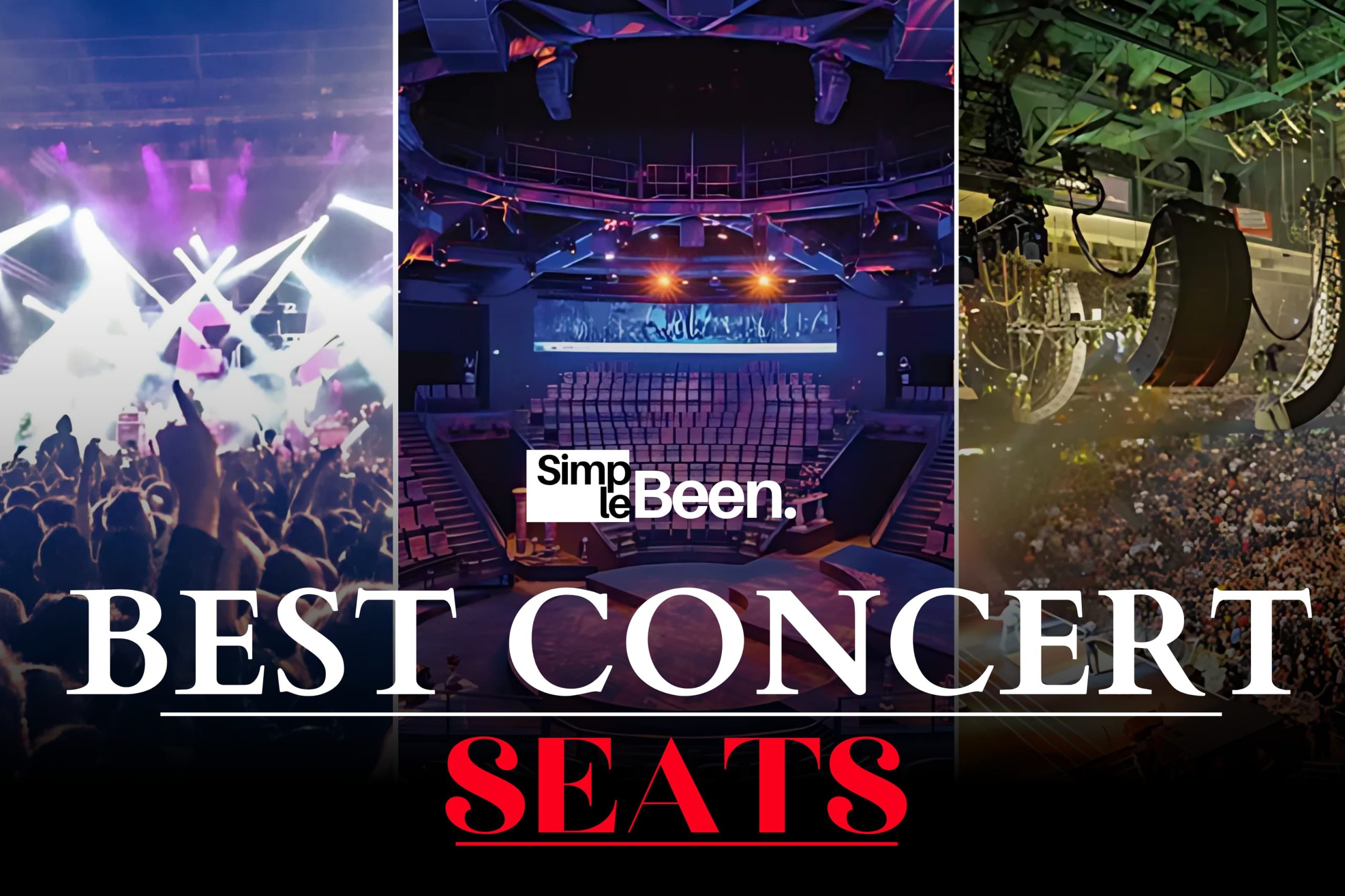
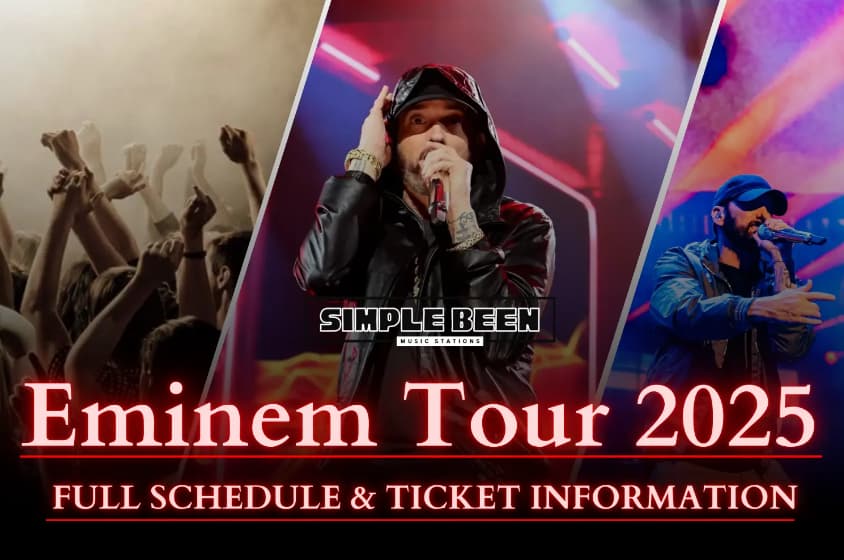
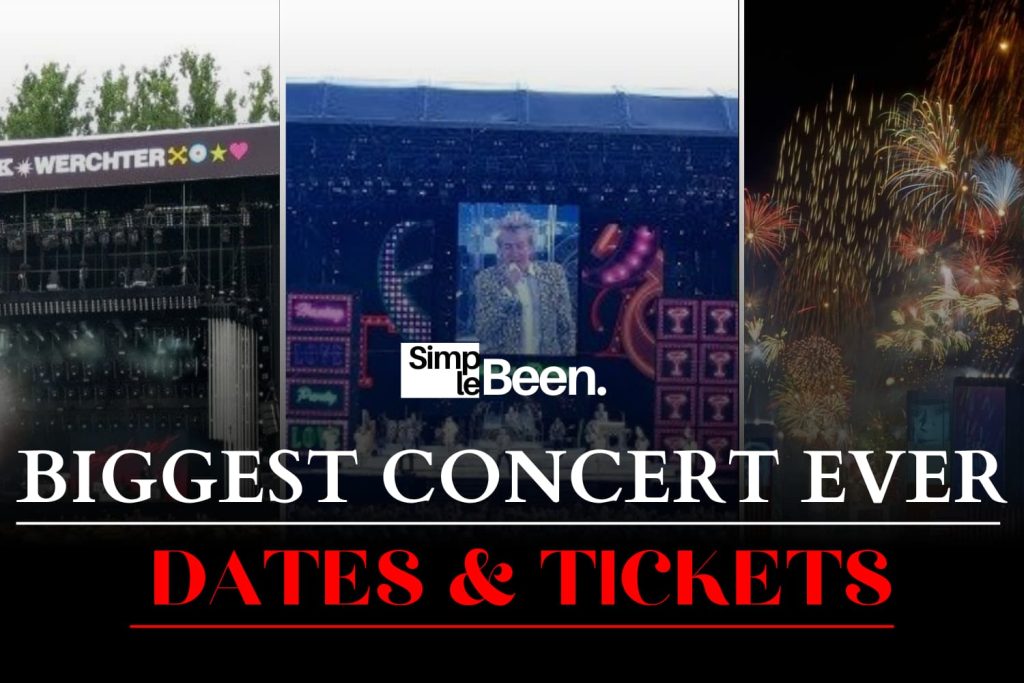

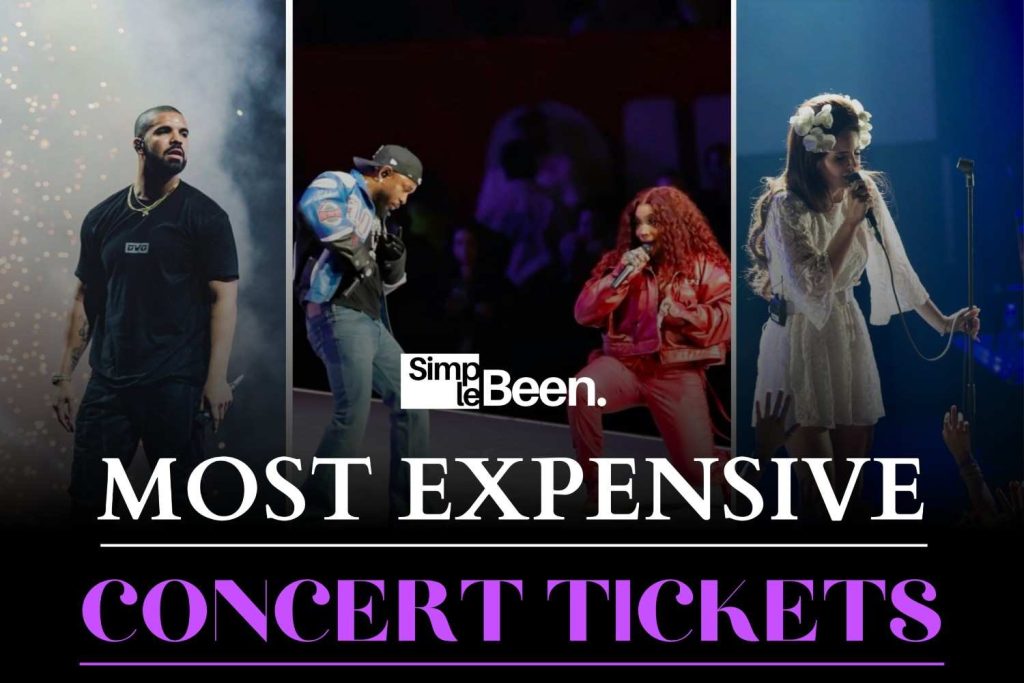
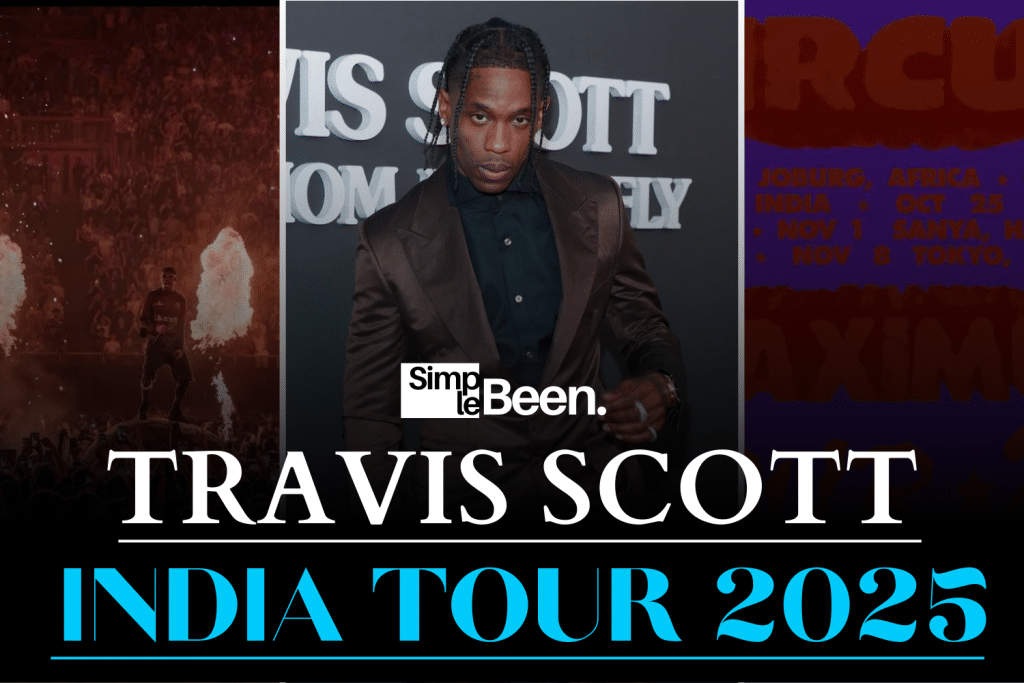




Leave a Comment